In oral care device manufacturing, bristle splay is often dismissed as a natural sign of toothbrush wear. However, uncontrolled bristle splaying could directly contribute to gum recession, leading to long-term oral health complications. Is ignoring premature bristle deformation a form of manufacturer negligence? Let’s explore how poor brush head design exacerbates gum damage and what solutions can prevent it.
Bristle splay occurs when toothbrush filaments bend outward or lose their alignment after repeated use. While all bristles deteriorate over time, rapid splaying results from:
When splayed, bristles no longer clean effectively. Worse, their sharp or angled tips can abrade gum tissue, triggering damage.
Gum recession is the progressive exposure of tooth roots due to gum tissue erosion. It can be accelerated by:
Splayed bristles not only fail to remove plaque effectively but also physically traumatize the gingival margin, worsening gum recession. Company web:https://www.powsmart.com/product/electric-toothbrush/
Once bristle splay begins:
Thus, bristle deformation isn’t just an aesthetic concern—it’s a functional flaw leading to clinical problems.
Key factors contributing to premature bristle splaying include:
Failing to control these factors effectively exposes users to unnecessary gum health risks.
To combat bristle splay and protect against gum recession, manufacturers should:
These steps ensure brush heads maintain cleaning efficiency without damaging gums.
For B2B buyers and oral care brands:
A commitment to superior bristle quality protects both end-user health and commercial credibility.
Is ignoring bristle splay negligence? In today’s competitive and regulated oral care market, it certainly can be. Manufacturers must treat filament integrity as a critical quality control parameter—not a cosmetic afterthought. By prioritizing anti-splay design and material durability, brands can prevent gum recession while delivering safe, effective cleaning performance. Contact us
-3-1024x576.png)

Factory Tells You If Electric Toothbrushes Turn On Automatically at Night – What Can We Do?

Cowboy Style Electric Toothbrush OEM – Western Theme Oral Care Products

Choosing the Right Teeth Whitening Device Supplier: A Useful Guide for Brand Customers
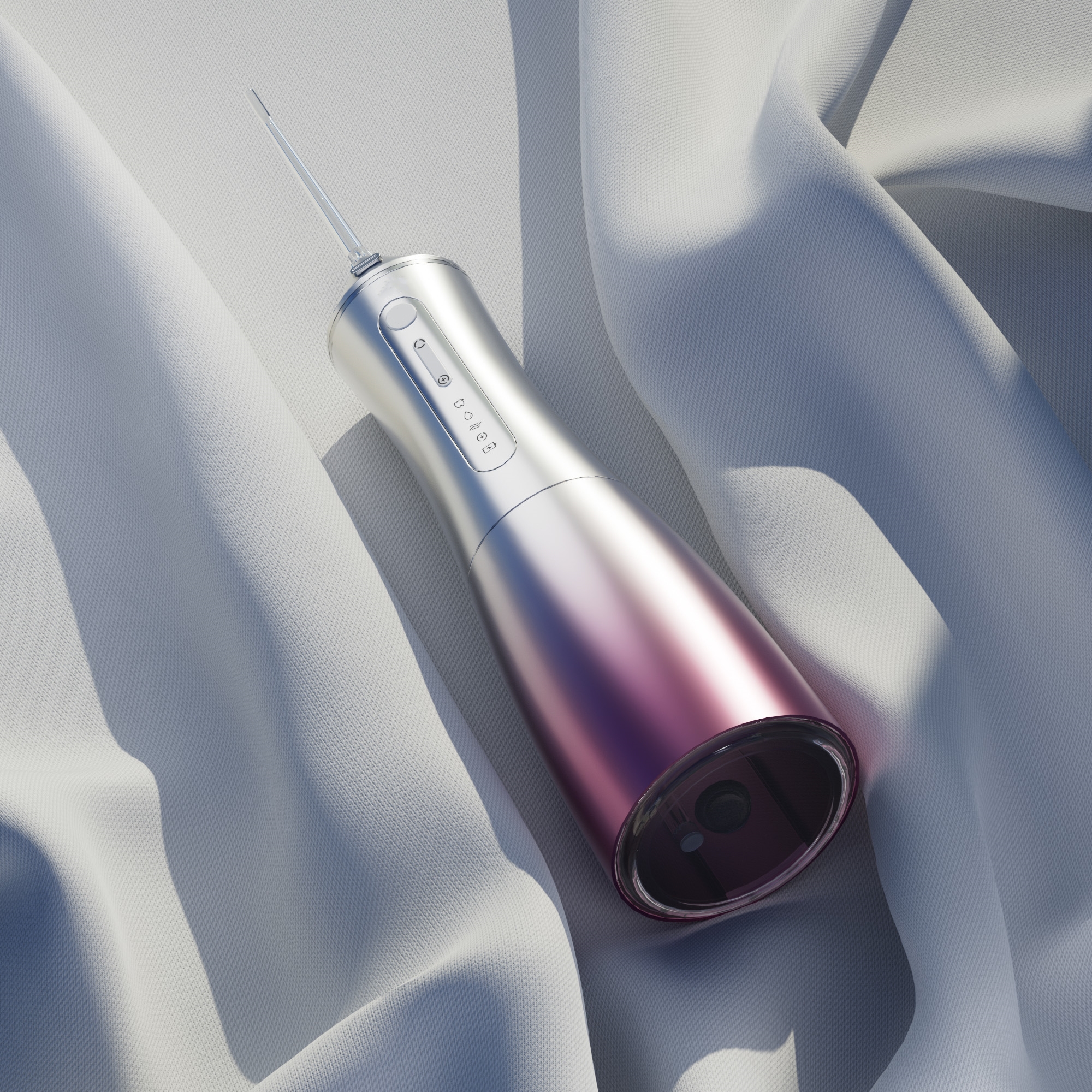
Types of Irrigator Nozzles: Which Nozzle is the Best Choice?
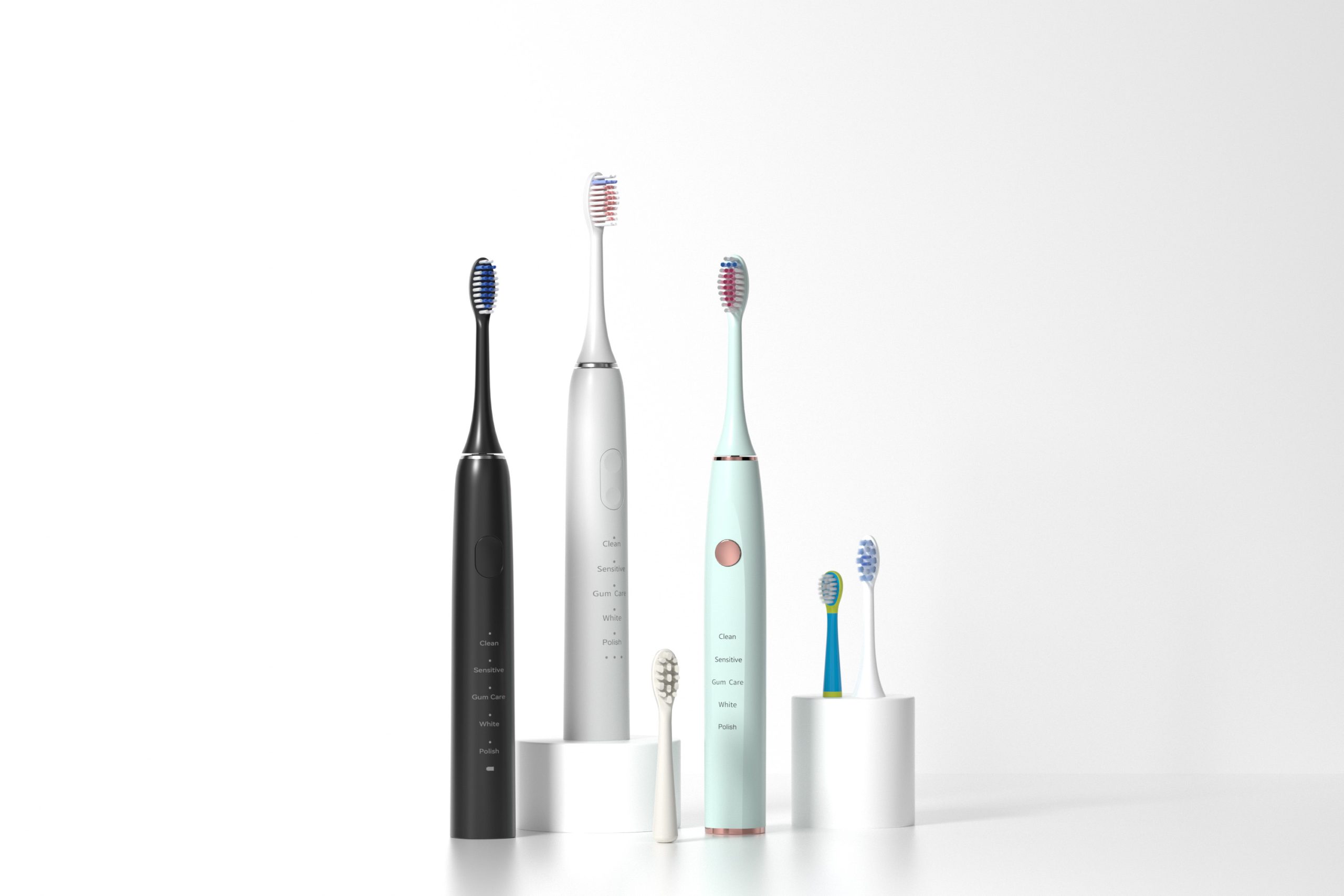
Seeking a Texas themed gift that embodies true southern hospitality brush warmth?
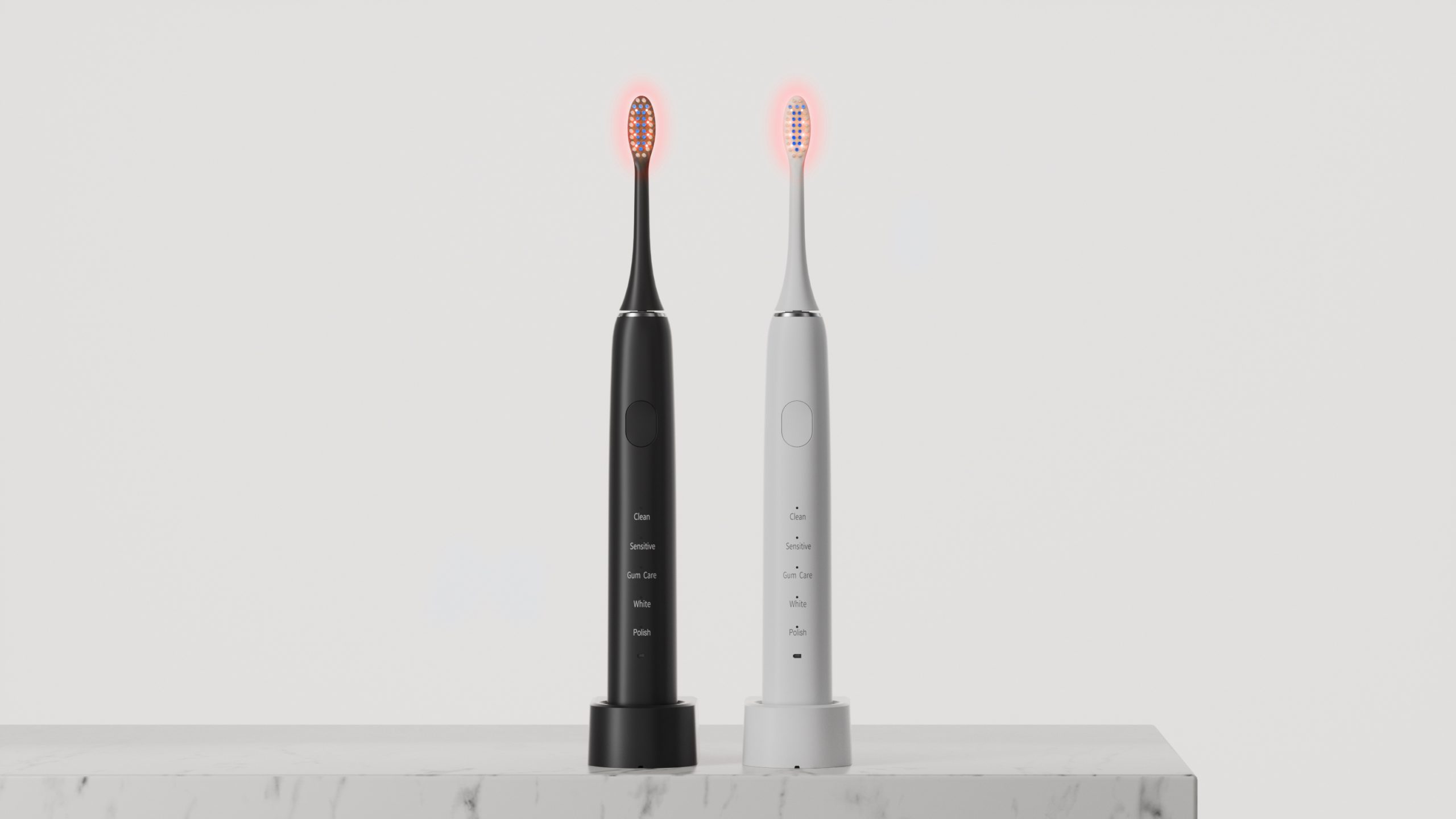
Custom Whitening Toothbrush OEM: Advanced Stain Removal Technology
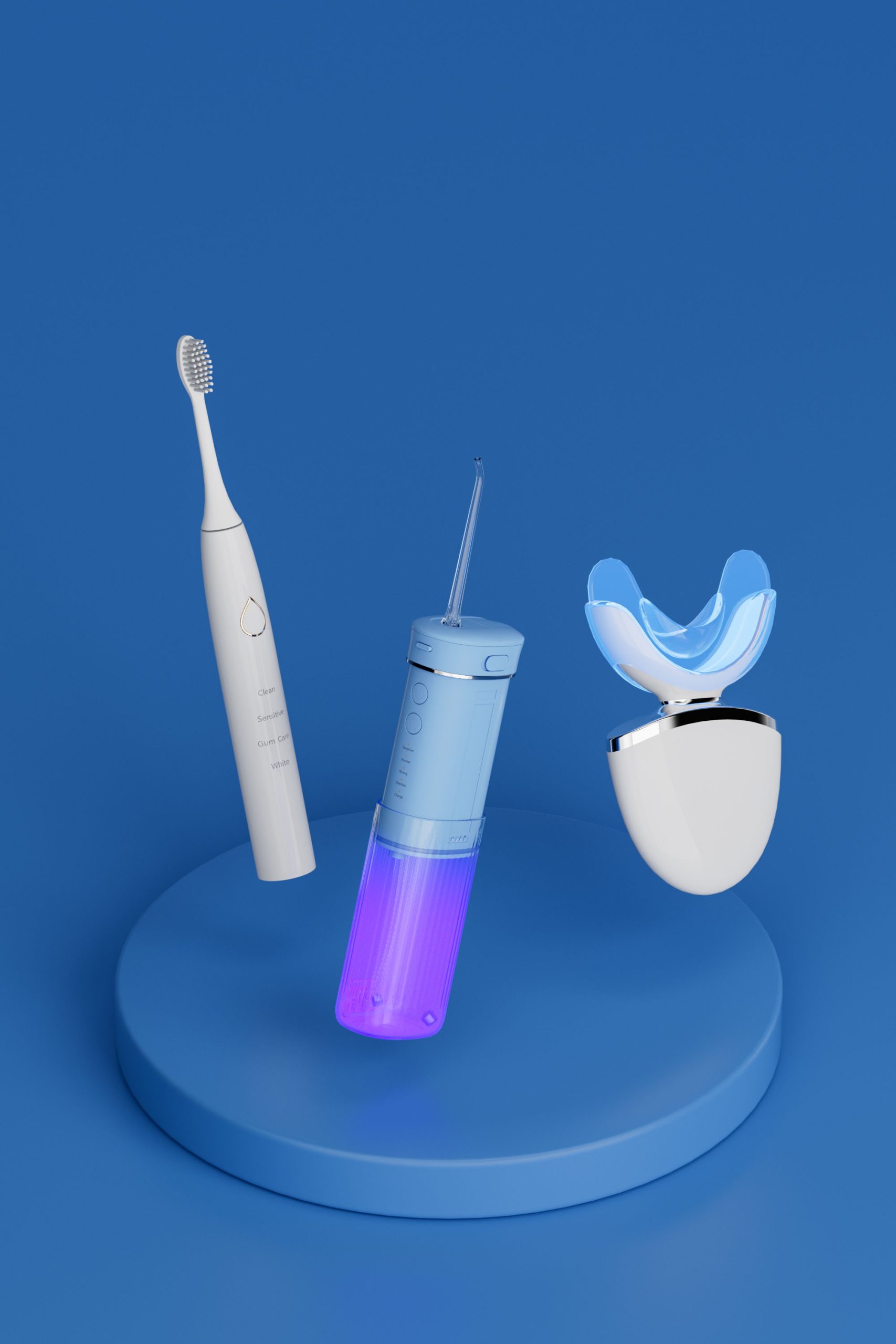
Benefits of Red & Blue Light Technology in Professional Teeth Whitening Kits

Customizing Specialty Electric Oral Care Electronics for OEM
Battery Depletion with Adapter Overheating – Linked?
.jpg)
Smart Electric Toothbrush Manufacturing: How to Choose the Best OEM Partner

How does Soda Affect Your Teeth?
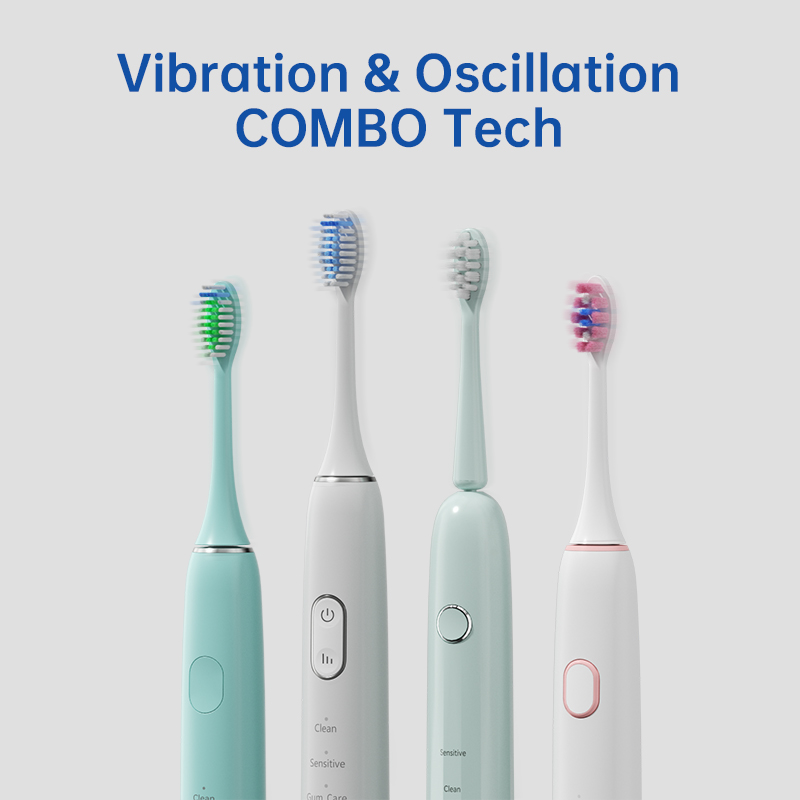
OEM Opportunities in Smart Features for Next-Gen Electric Toothbrushes

High-Flexibility Electric Toothbrush OEMs: Customization for Diverse Demographics
Are Bluetooth Disconnects Causing Battery Drain Speed?
Corporate Gift Supplier Alabama Dental | Custom Oral Care
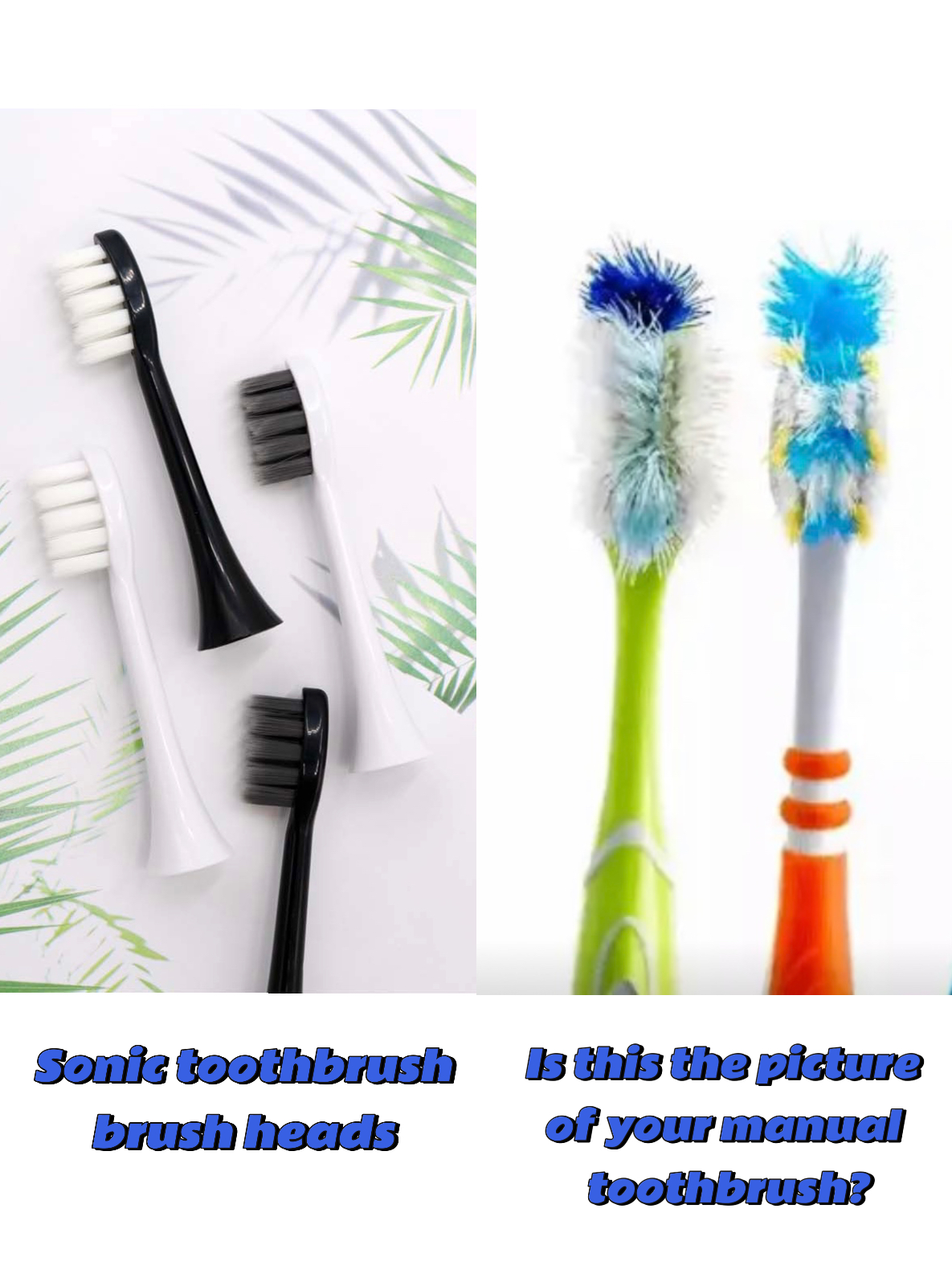
See How Powsmart’s Real-Time Brushing Data for Kids Works via Your Phone!

electric toothbrush heads Charcoal Infuse-Round

electric toothbrush heads Regular Clean

electric toothbrush heads Deep Clean

Customization Teeth Whitening Gel

Private Label Whitening Gel

electric toothbrush heads Ultra Soft

Electric toothbrush heads Charcoal Infused-Diamond
.jpg)
Florida Electric Toothbrush – Powsmart PTR-C8
whstapp
whstapp
National Toll-Free Service Hotline
+86 755 86238638